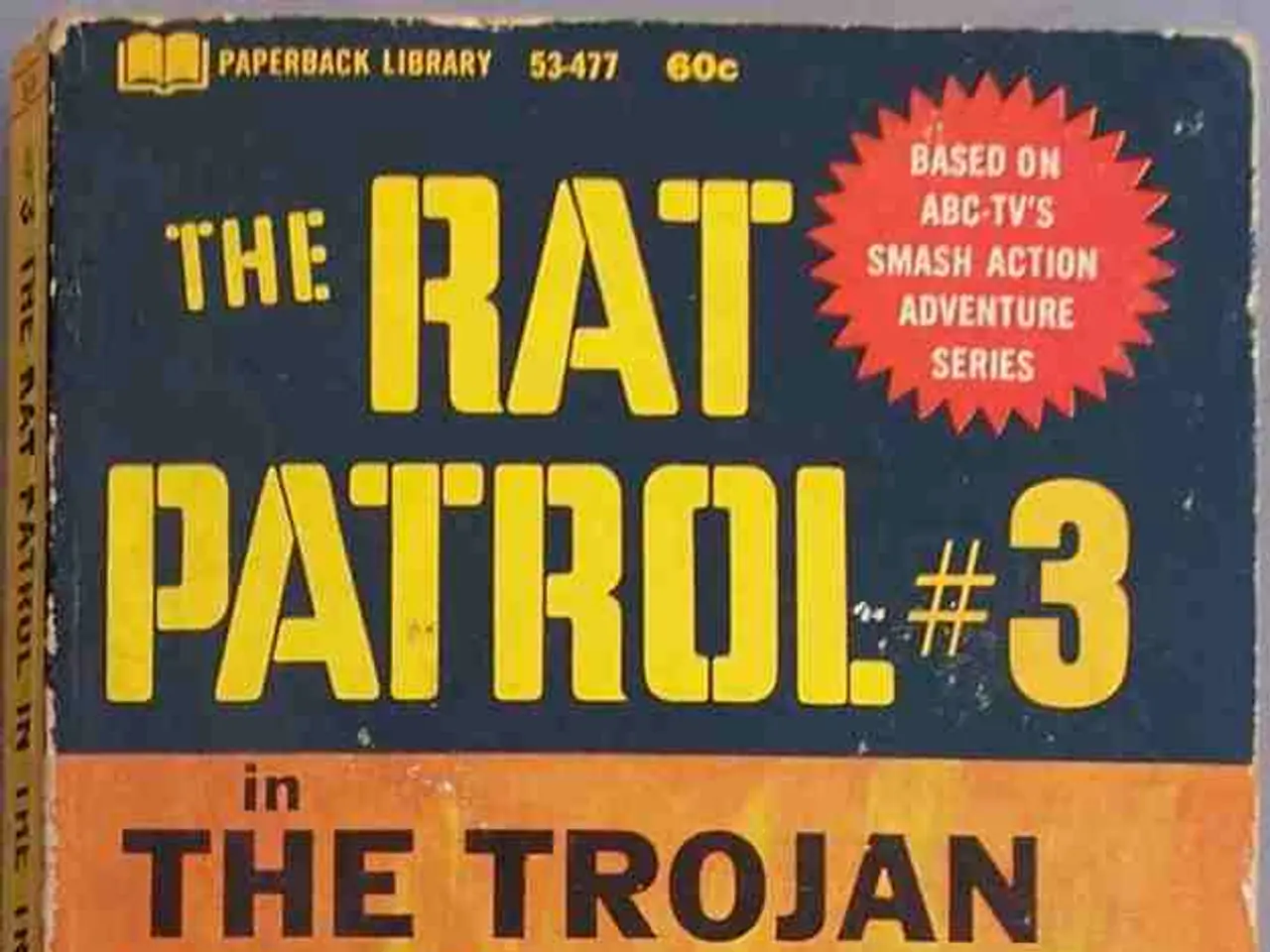If the drones continue unchecked, it may necessitate personal action on our part.
In the face of the escalating use of Shahed drones by Russia in the Ukraine war, Ukraine and its allies have been forced to evolve their strategies to counter these persistent threats. This article outlines the current strategies and proposed solutions being implemented by Ukraine to neutralise the Shahed drone threat.
**Current Counter-Drone Strategies**
Ukraine is upgrading its radar systems to better detect Shahed drones, especially as Russia has begun deploying drones in pairs at different altitudes, which complicates detection. Calls have intensified for integrating air defense technologies under a single, unified system to streamline detection and response.
Ukraine is developing and deploying specialized interceptor drones designed to target and destroy Shahed drones. These interceptors are faster and more agile than standard FPV (first-person view) drones, which have traditionally been used against slower Russian surveillance and kamikaze models. Training and expanding the number of drone pilots remains a priority to maintain operational tempo and effectiveness.
Electronic warfare units are jamming Shahed drones to disrupt their guidance and navigation systems. In a recent attack, 20 of 71 drones were jammed, successfully thwarting their strikes. Ukraine is combining EW with kinetic interception to maximise the chances of neutralising incoming threats.
Ground units are being equipped with heavier-caliber rifles and vehicle armor to protect against Lancet drones, which are often deployed alongside Shaheds to target counter-drone teams. The use of automated turrets and artificial intelligence for real-time threat identification and engagement is under development or in early deployment.
**Offensive and Operational Strategies**
Ukraine has recently targeted a Shahed drone production facility in Russia, aiming to disrupt the manufacturing and supply of these drones. Ukraine has developed its own long-range drones to conduct counterstrikes deep into Russian territory, affecting key infrastructure and military targets.
Ukraine is working to create a multi-layered defense that combines radar, EW, interceptor drones, anti-aircraft weapons, and AI-powered detection systems to counter Shahed drones at various stages of their flight. The use of light aircraft and helicopters for drone interception is considered, though cost and vulnerability are limiting factors.
**Challenges and Future Directions**
The speed and volume of Shahed drones necessitate new interceptor designs capable of matching or exceeding their speed. Ukraine aims to ramp up the mass production of interceptor drones and train more pilots to keep pace with Russian manufacturing output. Protecting civilian areas and critical infrastructure remains a major challenge, with ongoing disruptions to daily life due to drone strikes.
**Summary**
These combined efforts reflect Ukraine's adaptive and multi-faceted approach to countering the increasing threat posed by Shahed drones in ongoing hostilities. The Ukrainian forces have stabilised the situation in the Sumy Oblast and pushed the Russian army further back from Sumy, the regional capital, according to the Ukrainian General Staff. The attacks with hundreds of Shahed drones per night are a significant problem for Ukraine, overwhelming air defense and hitting their targets.
The UN Secretary-General António Guterres has pledged support to Ukraine for possible reconstruction efforts. Ukrainian President Volodymyr Zelensky has thanked Germany for its help, particularly in strengthening his country's air defense, and has mentioned the political support from Berlin. Military expert Nico Lange suggests immediate action against the increasing production of Shahed drones by Russia, including defensive drones, cheap air defense, electronic warfare, blocking component trade, and destroying factories.
- In addressing the Shahed drone threat, Ukraine's employment policy includes training and expanding the number of drone pilots, integrating air defense technologies, and developing electronic warfare units to jam drone signals.
- Moving forward, Ukraine's community policy, politics, and general news are focused on disrupting the production of Shahed drones, developing offensive strategies, and creating a multi-layered defense, all in the context of war-and-conflicts and international relations.






